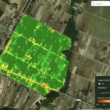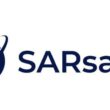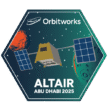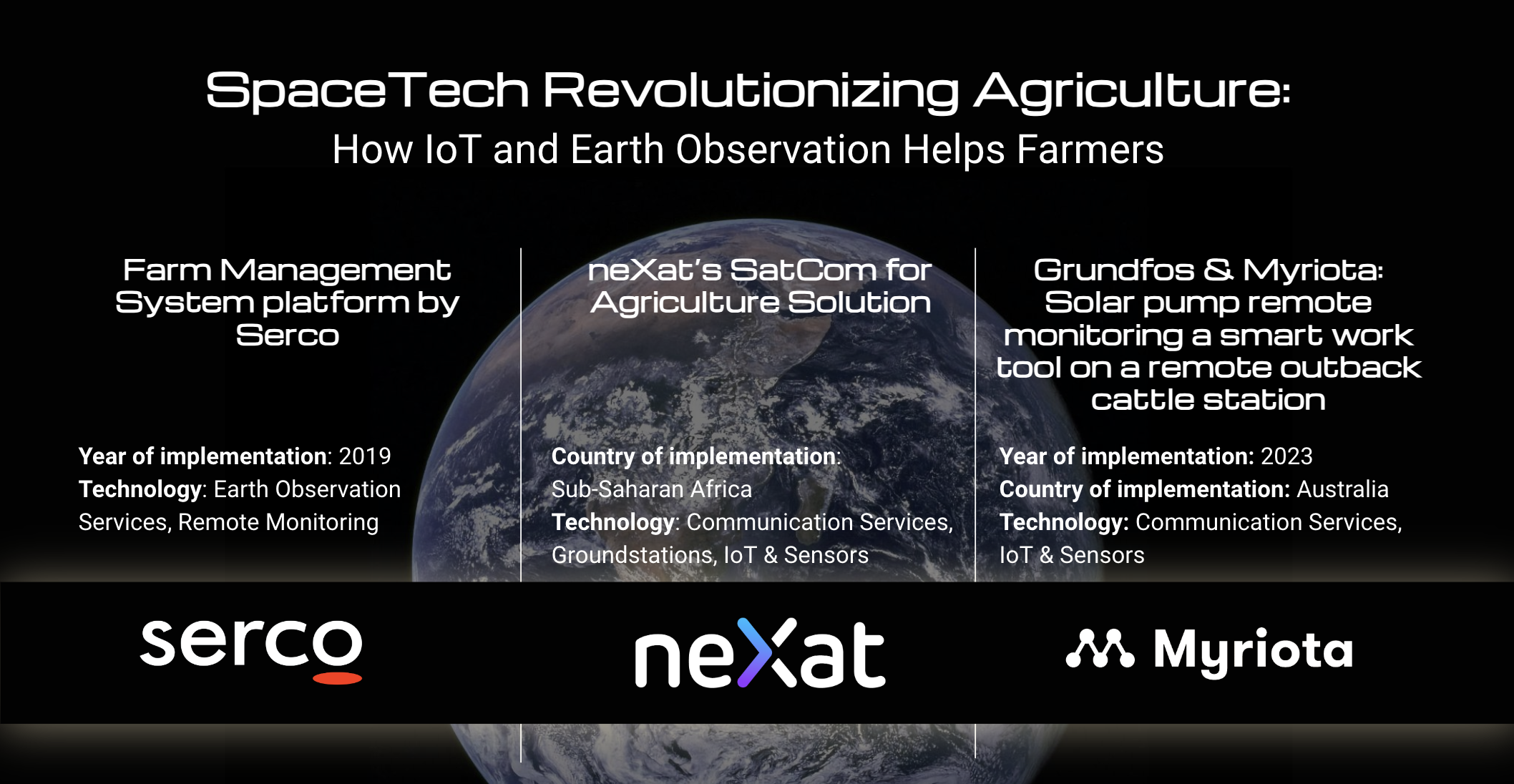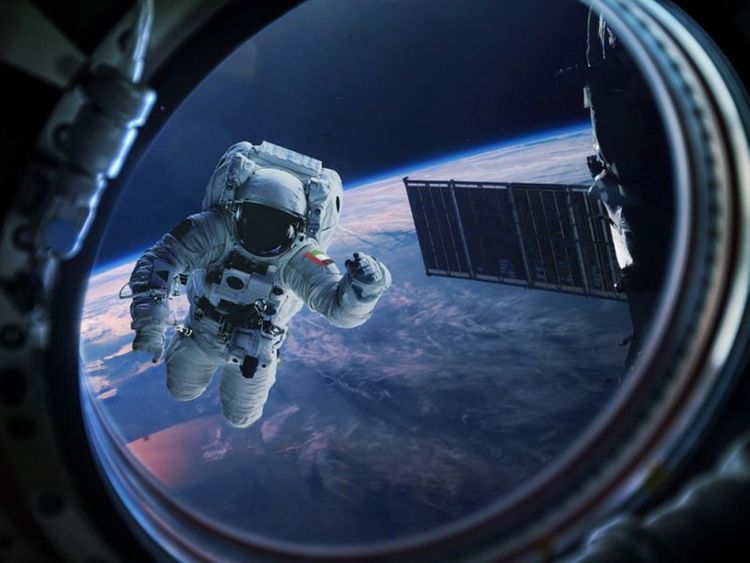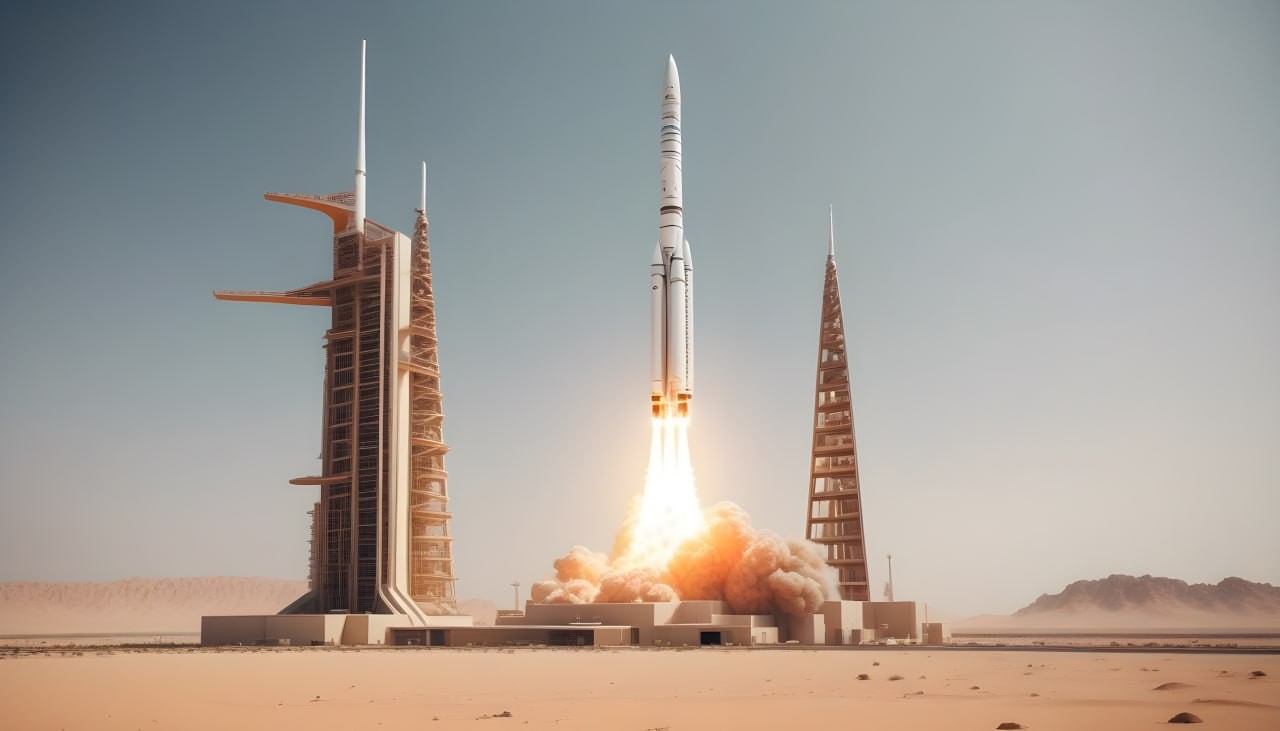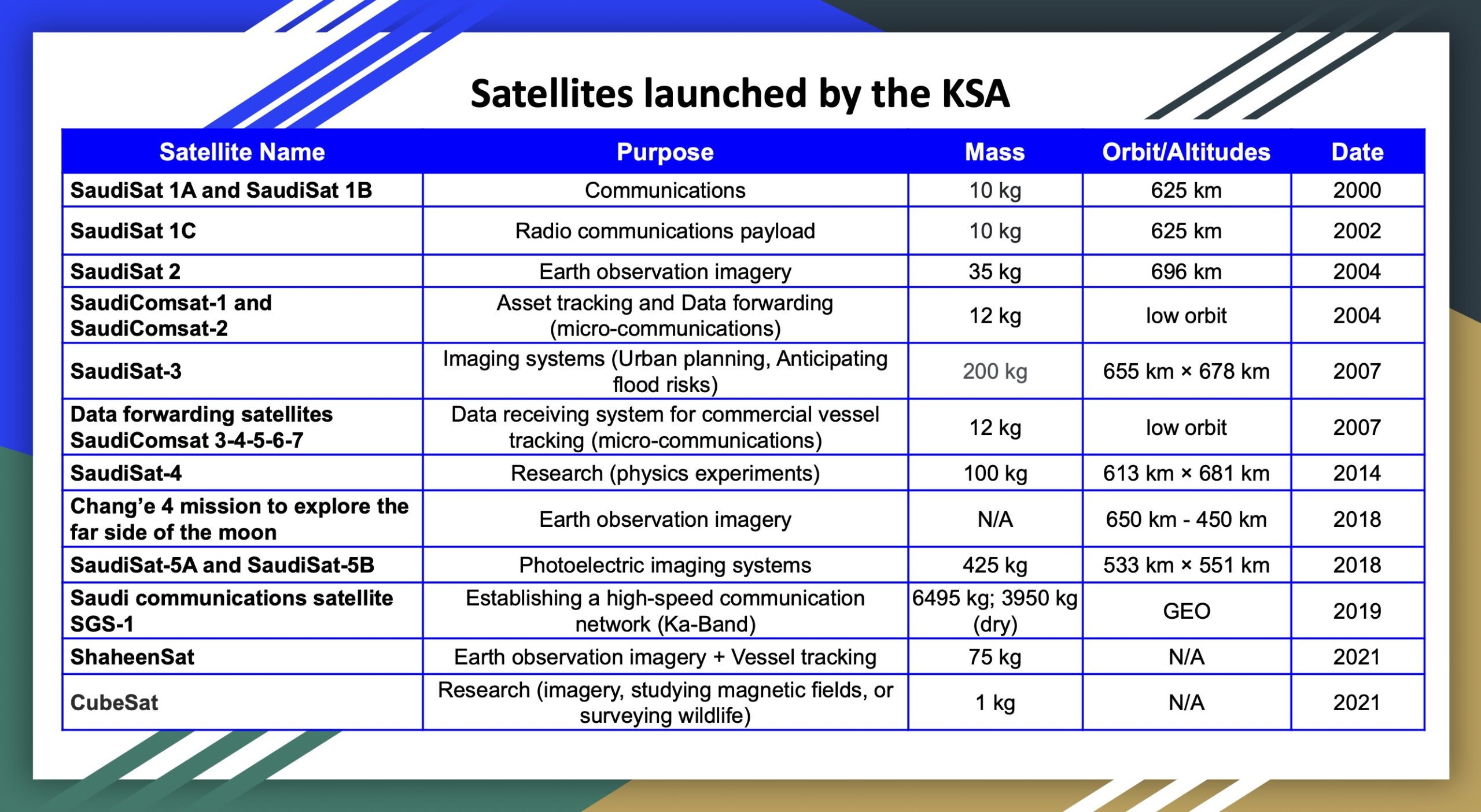Space technology is rapidly transforming the agricultural landscape, offering many innovative tools and solutions that are revolutionizing farming practices. From monitoring crop health to optimizing water usage, space-based technologies are empowering farmers to make data-driven decisions and enhance agricultural productivity.
This article highlights just a few examples of spacetech in agriculture. For more case studies and information, visit: https://space-marketplace.com/
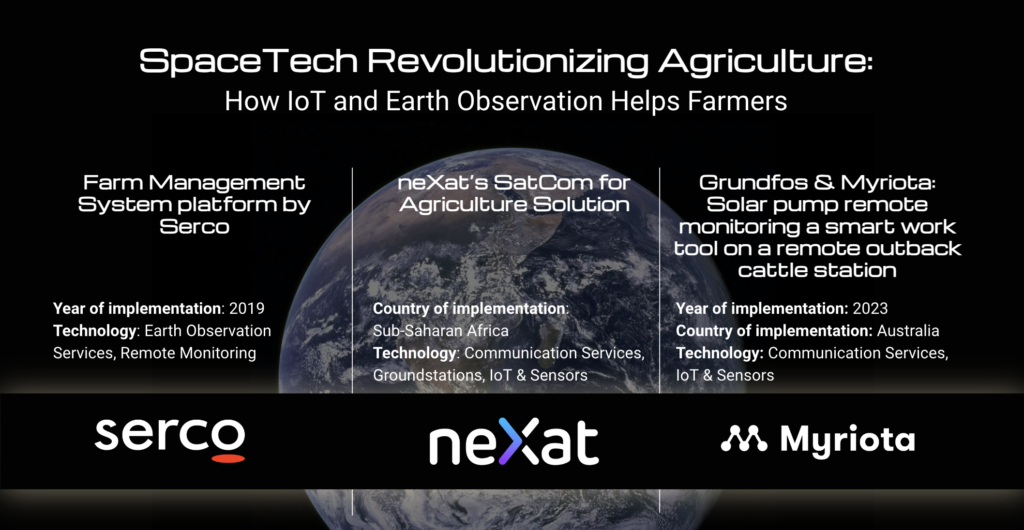
Satellite Imagery for Precision Agriculture
One of the most significant applications of spacetech in agriculture is the use of satellite imagery. High-resolution satellite images offer farmers a bird’s-eye view of their fields, allowing them to monitor crop growth, identify areas of stress, and assess the impact of weather conditions. By analyzing vegetation indices derived from satellite data, farmers can gain valuable insights into crop health, nutrient status, and water requirements.
For instance, the Farm Management System platform developed by Serco and Agricolus utilizes satellite imagery to provide farmers with valuable information about their crops. The platform leverages ONDA, a platform developed by Serco that enables users to host data and build applications in the cloud, to process satellite images and produce vegetation indices such as NDVI, WDRVI, GNDVI, LAI, SAVI, NDMI, NMDI, and TCARI/OSAVI. These indices allow farmers to assess crop development, health, and water requirements.
IoT for Remote Areas
The Internet of Things (IoT) is another powerful tool for modernizing agriculture, especially in remote areas. By connecting sensors and actuators to a satellite network, farmers can monitor their crops and manage resources remotely.
Nexat’s SatCom for Agriculture Solution is a prime example of IoT in action. This solution provides farmers in Sub-Saharan Africa with a network of sensors and actuators that collect data on various agricultural parameters. The data is then transmitted to a cloud-based agricultural management application, which provides farmers with insights and recommendations.
neXat, leveraging its extensive on-the-field experience and collaboration with partners, developed a comprehensive satellite communication solution tailored for agricultural management in rural areas. Key elements of this solution include:
- Reliable Connectivity: The solution ensures above 99.5% service availability, providing consistent connectivity in remote areas.
- Micro-VSAT Equipment: Low-cost, easy-to-install satellite terminals facilitate reliable communication.
- Local Partner Network: A network of local partners offers licenses, equipment installation, maintenance, and after-sales service.
- Data Collection and Distribution: Sensors and actuators within a 10km radius of an IoT Gateway collect data and transmit it via satellite to an agricultural management application in the cloud.
- Remote Supervision and Control: The system supports remote monitoring and control of field sensors and actuators, even in the most remote locations.
- Wi-Fi Hotspot: The satellite link also backhauls a local Wi-Fi network, providing farmers with access to applications via mobile devices.
GRUNDFOS & Myriota have also developed a solar pump remote monitoring system that utilizes IoT technology. Introduced in 2023, Grundfos Solar Connect incorporates low Earth orbit satellite technology supplied by the Australian IoT firm Myriota, delivering remote monitoring systems for comprehensive coverage of water infrastructure, encompassing both pumps and tanks.
When used with the Grundfos Solar Connect app, this plug-and-play solution offers near real-time oversight of SQ Flex pump operations, providing data on pump status, estimated flow, temperature, and solar array performance (Volts and Wattage). The Solar Connect Pump Module connects seamlessly to the CIU 903 SQ Flex controller.
Additionally, the Solar Connect solution includes tank modules for monitoring tank levels and volume, featuring a 5-meter ceramic tip hydrostatic sensor designed for harsh environments. Available for purchase as part of a complete Solar Pumping system or for retrofitting existing installations, Grundfos Solar Connect sets new standards in water infrastructure management, providing full-system monitoring (pump and tank) and ensuring precision and efficiency in monitoring and control.
Key Benefits of IoT and Earth Observation in Agriculture
- Improved Decision Making: By providing real-time data on crop health, soil moisture, and other factors, IoT and Earth observation can help farmers make more informed decisions about their operations.
- Increased Efficiency: Automation and remote monitoring can reduce labor costs and improve efficiency.
- Enhanced Sustainability: By optimizing resource use and reducing waste, IoT and Earth observation can help farmers adopt more sustainable practices.
- Improved Resilience: These technologies can help farmers better prepare for and recover from natural disasters and other challenges.
As technology continues to advance, we can expect to see even more innovative applications of IoT and Earth observation in agriculture. These technologies have the potential to revolutionize the way we produce food and ensure a more sustainable future for our planet.
This article highlights just a few examples of spacetech in agriculture. For more case studies and information, visit: https://space-marketplace.com/

